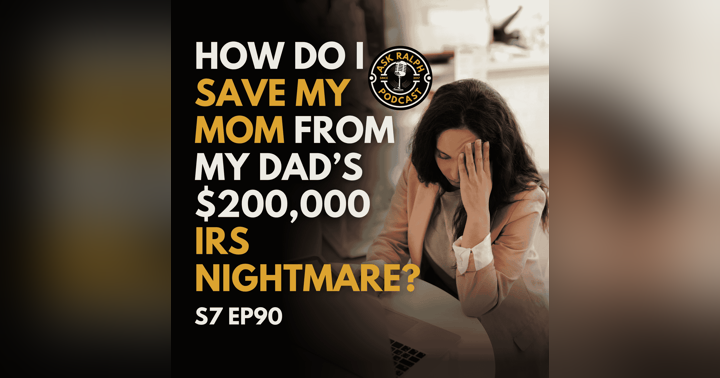Unraveling the Mystery Behind QR Codes: What You Need to Know

Unraveling the Mystery Behind QR Codes: What You Need to Know
The world around us is constantly evolving with new technologies and innovations. One such invention that has become increasingly ubiquitous is the QR code. You've probably seen them on products, advertisements, and even business cards. But do you really know what these codes are and how they can affect your digital security? In this blog post, we will demystify QR codes, explore their practical uses, and shed light on the scams associated with them. So buckle up and get ready to learn all about QR codes. The mystery behind QR codes.
Understanding QR Codes: Origin and Uses:
QR codes, short for Quick Response codes, are two-dimensional barcodes that store information. They were first developed in Japan in 1990 and have gained widespread popularity around the world. These codes resemble UPC symbols and can be found on various platforms such as product advertising, packaging, business cards, and restaurant menus.
One of the most common uses of QR codes is to provide quick access to online content. By scanning the code with your smartphone, you can be directed to a specific website, product information, or make a purchase. QR codes bridge the gap between the physical and digital worlds, offering a convenient way to access information with a simple scan.
The Dark Side of QR Codes: Scams and Exploits:
While QR codes offer convenience, scammers and cybercriminals have found ways to exploit them for their nefarious purposes. These individuals create counterfeit QR codes that lead unsuspecting individuals to malicious websites or prompt them to download harmful software. The consequences can range from identity theft to financial loss and compromised personal information.
Staying Safe: Actionable Steps to Protect Yourself:
To protect yourself from QR code scams, it's crucial to stay vigilant and take precautionary measures. Here are some actionable steps to keep in mind:
1. Be cautious when scanning QR codes from unknown sources. If you receive a QR code from an unsolicited email, text message, or social media post, think twice before scanning it. Verify the source before proceeding, and always err on the side of caution.
2. Check the destination URL before scanning a QR code. Take a moment to examine the website it leads to. Look for any suspicious or unfamiliar domains. If something seems off, steer clear.
3. Use a reputable QR code scanning app. Stick to well-known and trusted apps that have positive reviews and high ratings. This reduces the risk of falling victim to a scam.
4. Keep your smartphone software up to date. Regularly update your device's operating system and apps. Software updates often include patches that block vulnerabilities that scammers may exploit.
Identifying Potential Scams: Red Flags to Watch Out For:
Identifying potentially malicious QR codes requires vigilance and attention to detail. Here are some red flags to watch out for:
- Unfamiliar sources: If you receive a QR code from an unknown or unsolicited source, exercise caution. Scammers often use phishing emails, fake text messages, or social media posts to distribute these malicious codes. When in doubt, don't click on them.
- Poor placement: Pay attention to where the QR code is displayed. Legitimate QR codes are usually associated with official branding and marketing materials. If the code is placed haphazardly without any clear connection to a legitimate business, it raises suspicions.
- Misspellings or distortions: Malicious QR codes may contain misspelled words, distorted images, or other visual irregularities. Scammers try to replicate legitimate codes with subtle changes to deceive unsuspecting individuals. Carefully compare the code to familiar ones and avoid clicking if it looks suspicious.
- Too good to be true offers: Be cautious of QR codes that promise unbelievable rewards, discounts, or prizes. Scammers use enticing offers to lure people into scanning these codes, which can lead to device malware infection.
Conclusion:
QR codes have become an integral part of our digital landscape, offering convenience and quick access to information. However, it is essential to stay vigilant and protect yourself from potential scams. By following the actionable steps mentioned above and being aware of red flags, you can navigate the world of QR codes with confidence.
Remember, financial literacy is key, and with God's guidance, we can master our finances and live abundantly. For more information, leave a review, share your thoughts, or send us a message on our podcast page at askralphpodcast.com. Join our email list for a chance to win a $25 Amazon gift card, and explore our books on finance and gospel entrepreneurship at askralphpodcast.com/store. Stay financially savvy, and God bless you all!











